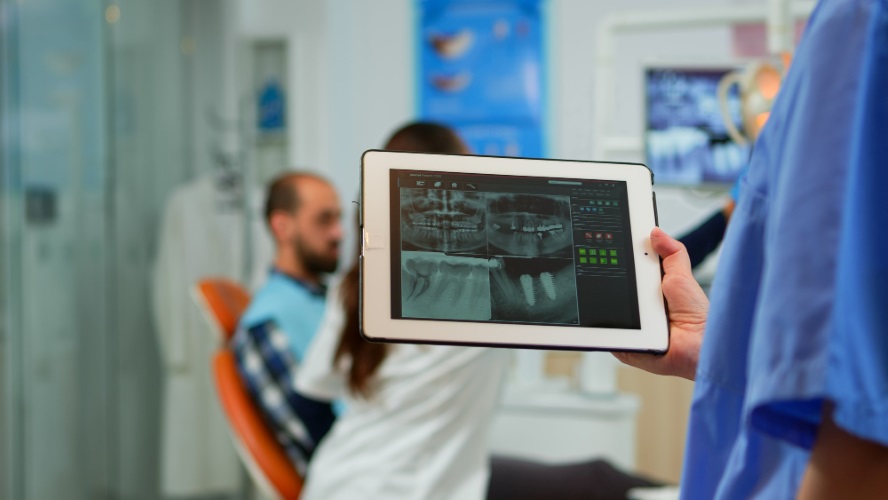The advancements in dental technology over the past few decades have been nothing short of revolutionary, with dental tomography standing out as one of the most significant leaps forward. As we delve deeper into this technology’s myriad benefits, it’s equally important to comprehend its safety aspects and limitations.
Dental tomography, particularly CBCT, has bridged many gaps that traditional 2D radiography couldn’t. Its three-dimensional visualization offers unparalleled clarity, making the diagnostic process more accurate and comprehensive. This precision allows for better treatment planning and outcomes, especially in complex dental procedures.
A pressing concern for many patients when it comes to any form of radiographic imaging is the exposure to radiation. The good news is that dental tomography, especially CBCT, exposes patients to a significantly reduced radiation dose in comparison to traditional medical CT scans. This reduced dose, however, doesn’t mean that CBCT scans should be performed indiscriminately. It remains crucial to adhere to the ALARA principle – “As Low As Reasonably Achievable.” This principle ensures that radiographic scans are only done when absolutely essential, minimizing unnecessary radiation exposure.
While dental tomography shines in many areas, it’s important to note that it might have limitations when imaging soft tissues. CBCT is optimized for hard tissues, such as bones and teeth. In scenarios where detailed soft tissue imaging is paramount, alternative imaging methods like MRI might be more appropriate.
Another perspective to consider is the machine-human interface in diagnostics. Dental tomography, with all its advanced tech prowess, serves as an invaluable tool in the hands of dental professionals. But its real potential is harnessed only when combined with the expertise of a seasoned dentist or radiologist. The technology provides detailed data, but interpreting this data, drawing accurate conclusions, and planning the best treatment strategies still rest on the clinician’s shoulders. It’s a harmonious synergy between advanced machinery and human experience, ensuring the best patient care.
In conclusion, while dental tomography has undoubtedly elevated the realm of dental diagnostics, it’s vital for both practitioners and patients to have a holistic understanding of its capacities and constraints. Only then can the technology be utilized to its fullest, ensuring optimal dental health and well-being for patients.



